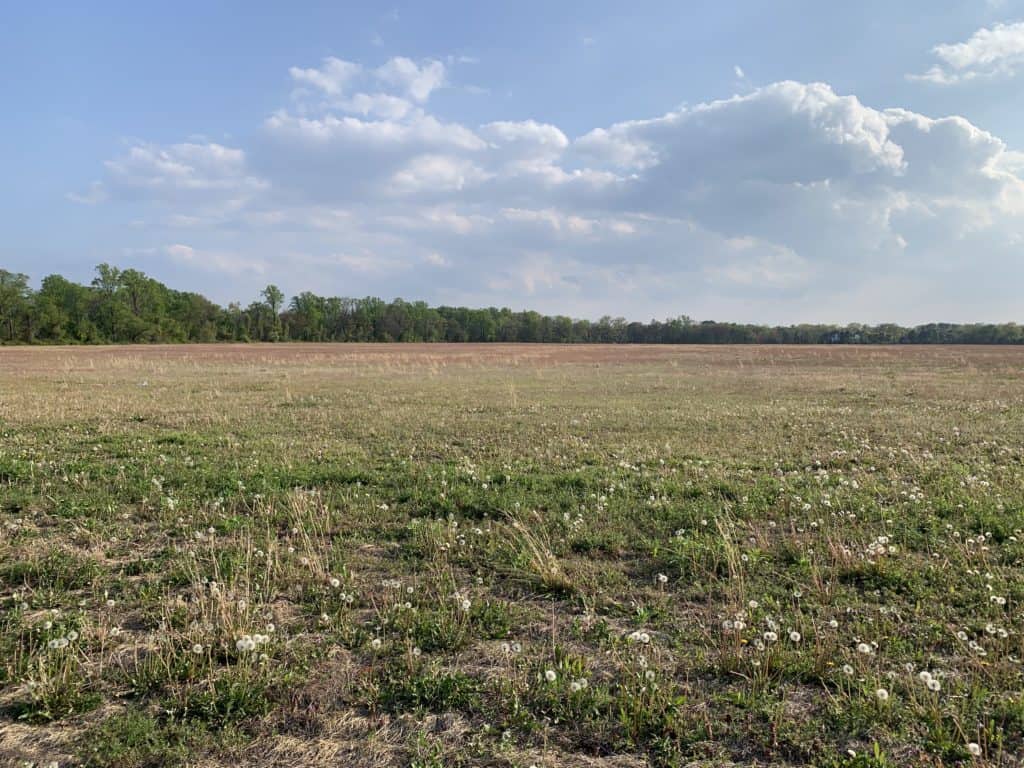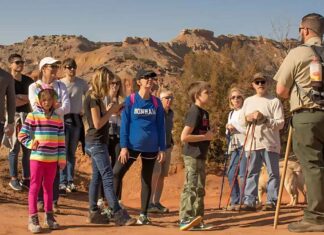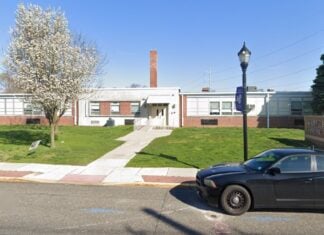

Save the Environment of Moorestown (STEM) has partnered with the township and the U.S. Fish and Wildlife Service to turn the 75-acre parcel across from Swedes Run Dog Park into a meadow of native grasses and pollinator plants.
“We finally got the last 20 acres planted,” said Mark Pensiero, STEM president, who explained how the project started in March of 2020.
“There was an article about the township trying to determine what they should do with that property,” he recalled. “ … I just read that and was like, ‘Wow, that’s pretty amazing and that’s a great property. Wouldn’t that be neat to do something with it?’”
After connecting with a representative from the Fish and Wildlife Service, STEM became a participant of the former’s Partners for Fish and Wildlife Program. As described on fws.gov, the program provides free technical and financial assistance to landowners, managers, tribes, corporations, schools and nonprofits interested in improving wildlife habitat on their land.
“It’s big, and that was really one of the key things that interested them (Fish and Wildlife Service) was that it was big enough that it had value to convert it into a native grasslands and pollinator field,” Pensiero said. “Because it was big enough to attract grassland species of birds and they’re all threatened in the state of New Jersey.”
Pensiero said the township became involved after a proposal from the federal agency.
“The beautiful thing was, (the) U.S. Fish and Wildlife put the whole project together,” he recounted. “A 15-page document of, this is what we want to do here, and with cost estimates and then basically … the partners each have different responsibilities. So that’s the way it was proposed.”
The Fish and Wildlife Service provided the seed and herbicide, the township provided the application for the herbicide and STEM provided for planting of the field.
The field is 70 percent native grasses and 30 percent native pollinators; seeds were planted last fall.
“When we planted, it was just a strip along the full width of the property that borders Westfield Road that’s 100 percent pollinators,” Pensiero said. “It’s going to take a few years for it to become fully established.”
A representative from the U.S. Fish and Wildlife Service described the formation of the field as “sleep, creep and leap,” from germination to visible activity by the third year.
“I think it’s going to be a really beautiful asset for the township,” Pensiero said of the open land. “ … We really want to be attracting these threatened bird species, so hopefully we’ll start to see some activity over these couple of years with the grasshopper sparrows and the bobolinks and meadowlarks.”
Last year, in a partnership with the Xerces Society, a nonprofit whose primary mission is to improve the habitat for pollinating insects, STEM installed a 1,300 native plant pollinator garden around the old stone barn adjacent to the dog park that will benefit endangered species.
“I think it’ll be a beautiful compliment to the pollinator garden that we put in last year that we’re continuing to maintain,” Pensiero observed. “I think it’s going to be a beautiful spot that is really going to showcase how pretty a natural landscape can be, and probably more so is the fact we’re going to provide a habitat for these threatened bird species.”
“They’re all threatened in the state of New Jersey because there aren’t many of these big fields anymore that are left in a more natural state,” he added. “So this will be good.”









